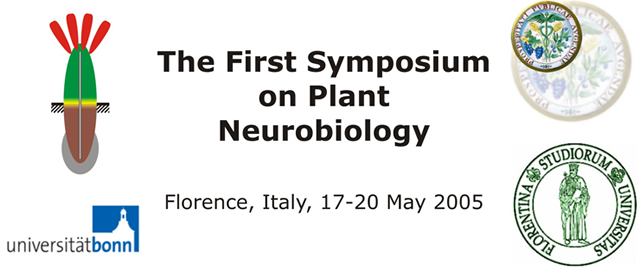Synaptotagmin genes are not
just present in animals with nervous systems, but also occur in plants. Sequence analysis indicates the
presence of synaptotagmin genes in all animals and all land plants, but there is no evidence of synaptotagmin
genes in unicellular organisms or those with simple forms of multicellularity. Animals posess diverse
synaptotagmin genes, the number of which varies with organism complexity. There have been different patterns
of synaptotagmin gene acquisition and loss in different animal lineages. All animals posess a Syt1 homologue
which provides the function of fast, synchronous, calcium regulated synaptic vesicle exocytosis, essential for
efficient neurotransmission. The diverse other synaptotagmin homologues appear to be involved in other types
of specific vesicle trafficking within and beyond the nervous system.
There appear to be three
different types of synaptotagmin genes in plants, and varying numbers of each type in different species.
Sequence analysis shows that these genes are related to groups of genes present in a wide variety of
eukaryotes including animals, plants, fungi and protozoa. These relatives all have C2 domains, but none have
the N-terminal transmembrane, linker, C2A, C2B arrangement which defines synaptotagmins. Unfortunately, these
genes are all poorly functionally characterized. Although plants lack Syt1 homologues, and their synaptotagmin
genes are clearly divergent from those of animals, it still remains to establish whether the functional roles
of the plant and animal genes overlap.
Functional studies of the synaptotagmin genes of the primitive
moss Physcomitrella, and of Arabidopsis and other higher plants are now in
progress. |

